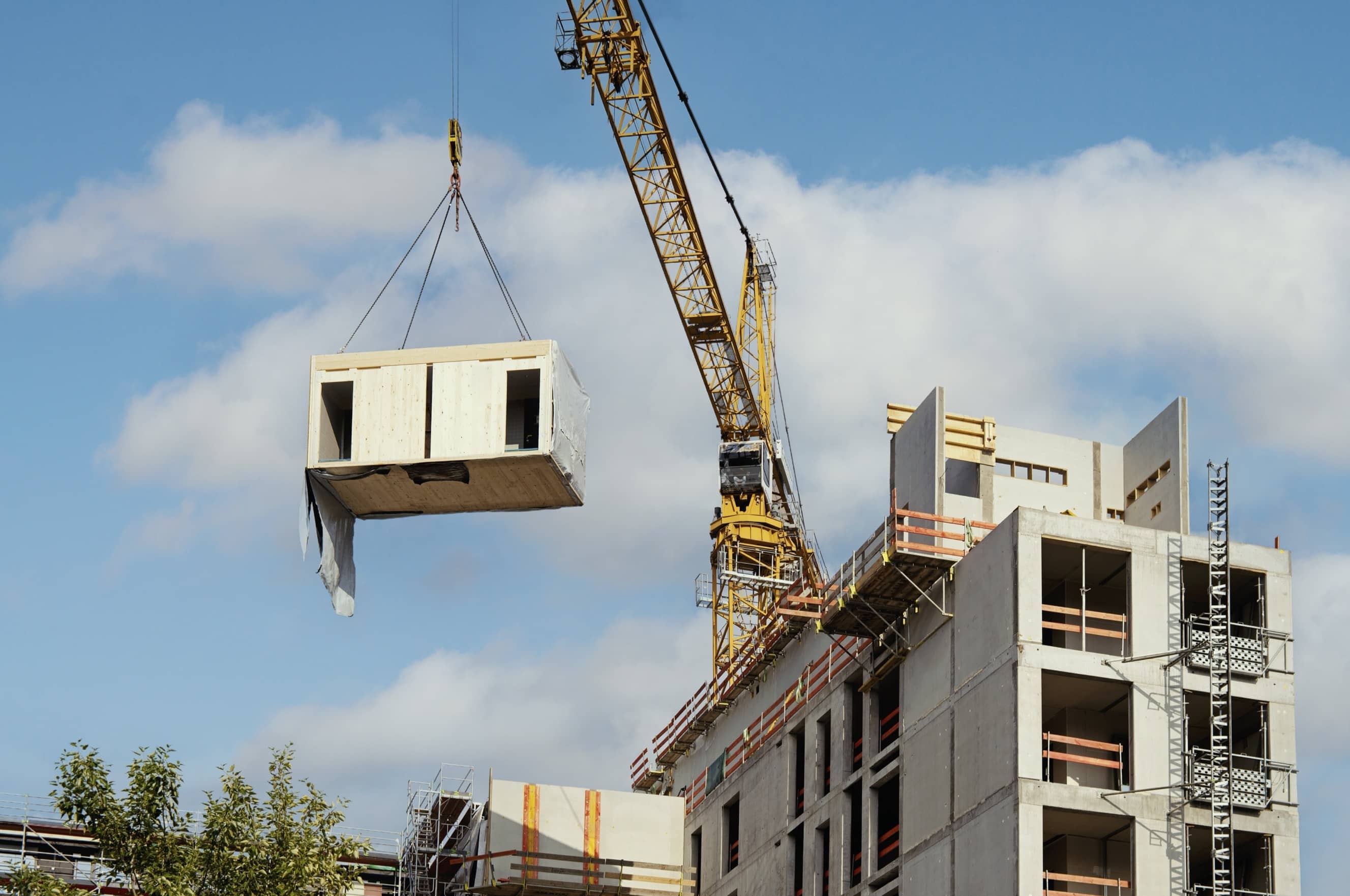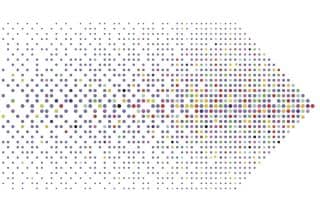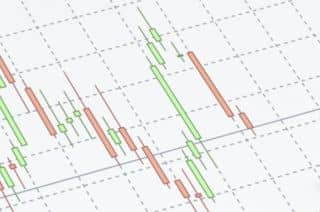
www.buildingsandcities.org/insights/commentaries/rethinking-construction-product-regulations.html
Rethinking Construction Product Regulations

Challenges ahead: why robust research and education can help drive the necessary changes in regulating construction products to meet society's demands
Mustafa Selçuk Çıdık (University College London) considers the crucial role that research and higher education need to play in generating evidence and knowledge to shape the complex landscape of construction product regulations, particularly in relation to innovation, safety and performance. Independent, robust research and clear guidance are needed to ensure public safety, technological progress and sustainability. In addition, higher education must prepare future professionals to work within, and critically challenge, these regulatory frameworks.
Construction product regulations are an integral part of the broader regulatory environment for construction that includes building regulations, technical specifications, and standards, and is further influenced by other national law and regulations (e.g. the Building Safety Act (BSA) in the UK). However, the specific role and interactions of construction product regulations within this larger regulatory architecture are often not well understood. As technological and material innovations emerge, and market demands shift, the complexity of regulating construction products within this intertwined system increases. This heightens the challenge of balancing innovation, safety and performance.
Innovation
Balancing safety and performance in innovative products is a challenge. Modular construction involves products being manufactured in controlled environments and assembled onsite, raising questions about how to regulate both the manufacturing process and the finished product, as well as how the different modules are combined or integrated on site. 3D printing raises similar challenges related to regulating the consistency and quality of feedstock, mixtures, and the printing environment, as well as the digital datasets that define the product's characteristics which play a critical role in determining the product's safety and performance. Smart materials, such as self-healing concrete and phase-change materials, which change their properties over time are also a challenge for traditional testing methods, which assess static characteristics and struggle to account for how these dynamic materials might perform under real-world conditions. As innovation pushes the boundaries of construction products, regulatory frameworks must evolve and new testing and regulatory approaches are needed to ensure that the cutting edge of technology can be safely integrated into everyday use.
Safety
Contrary to popular belief, safety has not been the primary focus of construction product regulations. For example, the Construction Products Regulation (CPR) frameworks in the EU and UK are primarily designed to provide a standardised basis for assessing and documenting the essential characteristics of construction products through harmonised standards. While some characteristics have safety implications, many do not. The regulations were originally designed to facilitate free trade, leaving safety and performance requirements to be set by individual countries through their building regulations and technical specifications.
This approach creates a complex regulatory environment where product safety depends on the interaction between the CPR, standards and national building regulations/technical specifications. Things get further complicated with the shift towards performance-based building regulations, which are flexible to encourage innovation but can also lead to varied interpretations, as opposed to prescriptive, detailed statutory regulations. While this regulatory environment does allow overall flexibility and encourages product and system innovation, it complicates testing and compliance. This highlights the need for robust ways of ensuring 'system safety' (i.e. how products/building systems would perform together in real-world conditions), for example through enhanced competencies and in-situ testing.
Lifecycle safety of construction products is an increasing concern, as products like composite cladding or insulation may meet safety standards initially but degrade over time, raising long-term safety risks. The regulatory framework's complexity makes it difficult to ensure consistent safety throughout a product's lifecycle. Accountability is shared among regulators, designers and asset managers, but unclear roles and responsibilities often lead to gaps in oversight, especially in maintenance and performance evaluation. Without clearer roles, stronger oversight, and robust in-situ testing, emerging complexities will continue to pose significant safety risks.
Performance
Performance covers traditional measures of durability, structural integrity and functionality, but increasingly also includes environmental sustainability performance. The EU's new Construction Products Regulations (CPR) emphasise the need to evaluate products based on their environmental impact across their entire lifecycle, from production through to disposal or recycling. This is particularly important in the context of the circular economy for materials like recycled steel or reused concrete. However, this poses both regulatory and design challenges: how can reused materials be reliably tested/specified to ensure they meet the same performance standards as new materials? Regulatory and design frameworks must address these questions, developing standards that ensure all materials perform safely and reliably.
Market transparency
As digital tools like Building Information Modeling (BIM) and digital product passports become central to the construction industry, ensuring transparency across the lifecycle of construction products becomes crucial in providing a detailed record of the product's compliance with sustainability and performance standards. However, increased transparency also comes with regulatory challenges. Digital twins, which provide a virtual model of a physical building or product, offer real-time data that can help assess product performance and identify potential issues before they become critical. But the sheer amount of data generated can be overwhelming, raising questions about how regulators can verify accuracy and how small firms can afford to implement these technologies.
Fair competition
Larger firms, with more resources, are often better positioned to adopt advanced technologies like BIM and digital compliance tools, whereas smaller firms may struggle with the cost of these implementations. This raises concerns about whether regulatory frameworks might inadvertently favour larger companies, limiting the ability of smaller innovators to compete in the marketplace. The connection between market transparency and fair competition is clear: if smaller firms cannot afford to comply with increasingly complex transparency requirements, innovation could be stifled.
The role of research and higher education
Research and higher education can provide the foundation for ensuring that the construction industry continues to innovate while maintaining the critical balance between safety, performance, and sustainability.
Innovation
One of the most pressing research challenges in the modern construction industry is the changing manufacturing processes and the convergence of digital tools and physical products. Researchers must explore how digital tools influence the physical performance of construction products and work with regulators to develop methods that account for this duality. In higher education, curricula must evolve to teach students how to work with both digital and physical elements in construction. Educational programs should emphasise the importance of regulatory compliance in an increasingly digitalised industry, preparing students to navigate the complexities of digital tools while ensuring they meet safety and performance standards.
System safety
The CPR focuses primarily on the assessment of individual products, leaving much of the responsibility for system safety to national building regulations and technical standards. However, these regulations are often fragmented and performance-based, leading to varied interpretations and applications. Research must focus on developing methods to ensure system safety - such as robust in-situ testing - that take into account how products interact within a larger building system. Higher education must train students to work within these overlapping regulatory systems, understanding how CPR interacts with building regulations and how safety concerns must be addressed at both the product and system level.
Sustainability
It is important to ensure that materials continue to perform safely and reliably over their entire lifecycle, especially as the industry shifts toward sustainability and circular economy principles. Research should address the lifecycle safety and performance of construction products, especially in the context of the circular economy. This involves developing new testing and regulatory frameworks for recycled and reused materials to ensure they meet safety and performance standards equivalent to new materials. Higher education must prepare students to navigate these sustainability challenges, teaching them how to evaluate the environmental and performance impacts of materials throughout their lifecycle. Curricula should focus on topics such as lifecycle assessments (LCAs), Environmental Product Declarations (EPDs), and sustainable design principles that align with modern regulatory expectations.
Complex regulatory environment
Research is needed to help clarify the roles, responsibilities and interfaces as well as highlighting the weaknesses within regulatory webs and contribute to the development of performance-based regulations that are more flexible but also more demanding in terms of the competence and oversight that they require. Research is also critical for identifying areas where reform may be necessary, particularly in response to new materials and construction methods. Educational institutions must equip students with the ability to critically engage with and challenge regulations when they inhibit progress or fail to address new risks. This requires a strong emphasis on regulatory literacy, advocacy and ethical decision-making in higher education.
Conclusions
Regulatory complexities, whether related to regulatory framework, digital tools, sustainability or innovation, require a deep understanding from both researchers and educators. By working collaboratively to understand and adapt to these challenges, robust, independent research and education can help drive the necessary changes in regulatory frameworks, ensuring that construction products continue to meet the demands of society. The research community can also provide independent monitoring and feedback on the performance of construction products, components and whole buildings, from case studies to longitudinal research. Increased funding for these activities is needed if problems are to be identified and rectified at the earliest stages.
Research is also critical for developing the testing methods, data, and standards that underpin effective regulations. At the same time, higher education must evolve to prepare future professionals who can navigate regulatory complexities, balancing innovation with regulatory compliance, and ensuring that construction products meet both performance and safety requirements. Together, these efforts will contribute to a regulatory environment that supports innovation, maintains public safety, ensures fair competition, and fosters sustainability in construction products, laying the groundwork for a more resilient and forward-thinking industry.
Latest Peer-Reviewed Journal Content
Youth engagement in urban living labs: tools, methods and pedagogies
N Charalambous, C Panayi, C Mady, T Augustinčić & D Berc
Co-creating urban transformation: a stakeholder analysis for Germany’s heat transition
P Heger, C Bieber, M Hendawy & A Shooshtari
Placemaking living lab: creating resilient social and spatial infrastructures
M Dodd, N Madabhushi & R Lees
Church pipe organs: historical tuning records as indoor environmental evidence
B Bingley, A Knight & Y Xing
A framework for 1.5°C-aligned GHG budgets in architecture
G Betti, I Spaar, D Bachmann, A Jerosch-Herold, E Kühner, R Yang, K Avhad & S Sinning
Net zero retrofit of the building stock [editorial]
D Godoy-Shimizu & P Steadman
Co-learning in living labs: nurturing civic agency and resilience
A Belfield
The importance of multi-roles and code-switching in living labs
H Noller & A Tarik
Researchers’ shifting roles in living labs for knowledge co-production
C-C Dobre & G Faldi
Increasing civic resilience in urban living labs: city authorities’ roles
E Alatalo, M Laine & M Kyrönviita
Co-curation as civic practice in community engagement
Z Li, M Sunikka-Blank, R Purohit & F Samuel
Preserving buildings: emission reductions from circular economy strategies in Austria
N Alaux, V Kulmer, J Vogel & A Passer
Urban living labs: relationality between institutions and local circularity
P Palo, M Adelfio, J Lundin & E Brandão
Living labs: epistemic modelling, temporariness and land value
J Clossick, T Khonsari & U Steven
Co-creating interventions to prevent mosquito-borne disease transmission in hospitals
O Sloan Wood, E Lupenza, D M Agnello, J B Knudsen, M Msellem, K L Schiøler & F Saleh
Circularity at the neighbourhood scale: co-creative living lab lessons
J Honsa, A Versele, T Van de Kerckhove & C Piccardo
Positive energy districts and energy communities: how living labs create value
E Malakhatka, O Shafqat, A Sandoff & L Thuvander
Built environment governance and professionalism: the end of laissez-faire (again)
S Foxell
Co-creating justice in housing energy transitions through energy living labs
D Ricci, C Leiwakabessy, S van Wieringen, P de Koning & T Konstantinou
HVAC characterisation of existing Canadian buildings for decarbonisation retrofit identification
J Adebisi & J J McArthur
Simulation and the building performance gap [editorial]
M Donn
Developing criteria for effective building-sector commitments in nationally determined contributions
P Graham, K McFarlane & M Taheri
Join Our Community

The most important part of any journal is our people – readers, authors, reviewers, editorial board members and editors. You are cordially invited to join our community by joining our mailing list. We send out occasional emails about the journal – calls for papers, special issues, events and more.
We will not share your email with third parties. Read more



Latest Commentaries
COP30 Report
Matti Kuittinen (Aalto University) reflects on his experience of attending the 2025 UN Conference of the Parties in Belém, Brazil. The roadmaps and commitments failed to deliver the objectives of the 2025 Paris Agreement. However, 2 countries - Japan and Senegal - announced they are creating roadmaps to decarbonise their buildings. An international group of government ministers put housing on the agenda - specifying the need for reduced carbon and energy use along with affordability, quality and climate resilience.
Building-Related Research: New Context, New Challenges
Raymond J. Cole (University of British Columbia) reflects on the key challenges raised in the 34 commissioned essays for Buildings & Cities 5th anniversary. Not only are key research issues identified, but the consequences of changing contexts for conducting research and tailoring its influence on society are highlighted as key areas of action.